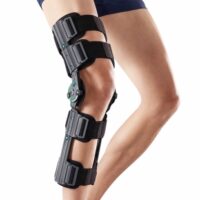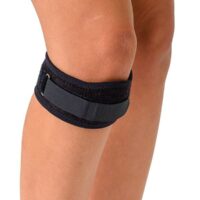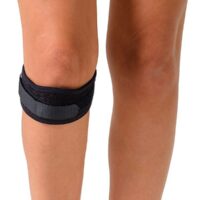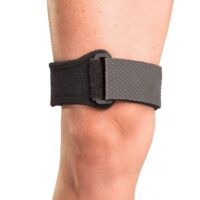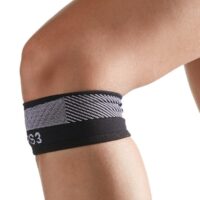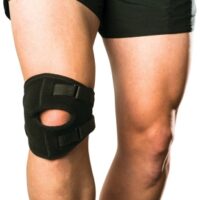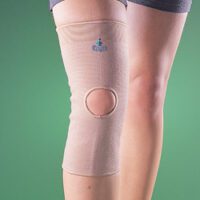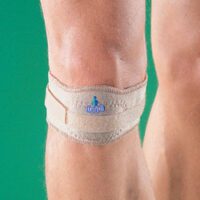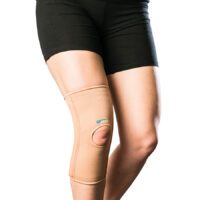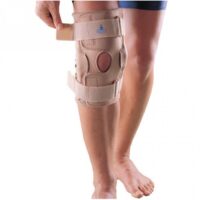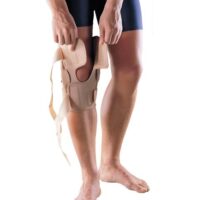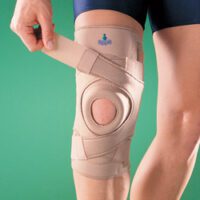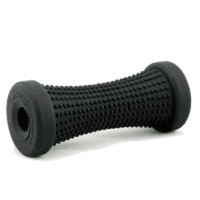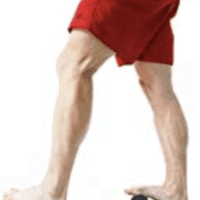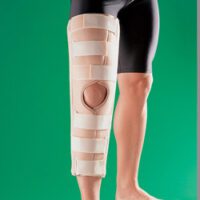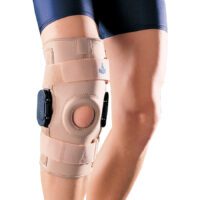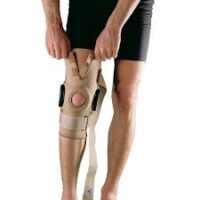Knee Replacement
Article by John Miller
What is a Knee Replacement?

Knee Replacement Surgery
Knee replacement, or knee arthroplasty, is a surgical procedure to replace the weight-bearing surfaces of the knee joint. This surgery aims to relieve pain and disability, commonly caused by osteoarthritis, rheumatoid arthritis, or psoriatic arthritis. The procedure can be either partial or total, involving the replacement of damaged joint surfaces with metal and plastic components that enable continued knee motion.
Causes of Knee Joint Deterioration
Arthritis and Wear and Tear
Knee arthritis, particularly osteoarthritis, is a primary cause of knee joint deterioration. This inflammation results from the wear and tear of the knee joint, often exacerbated by ageing. However, other factors can accelerate this process:
- Injury: Trauma to the knee joint can hasten its wear and tear.
- Surgical Procedures: Previous surgeries on the knee may contribute to joint deterioration.
- Muscle Weakness: Insufficient strength in surrounding muscles can increase stress on the knee.
- Increased Body Weight: Higher body weight places additional load on the knee joint.
- Rheumatoid Disease, Gout, or Infection: These conditions can also lead to increased wear and tear.
Interesting Fact: Losing just 10 kilograms can reduce the load on your knees by half!
Symptoms of Knee Joint Arthritis
The most apparent symptom of knee joint arthritis is pain, which can range from achy to sharp and is often accompanied by swelling. Uneven wear across the knee joint surface may cause deformities such as knock-knees, bow-legs, or windswept knees. Limited movement, particularly in extension, is another common symptom.
Diagnosis of Knee Arthritis
To diagnose knee arthritis, a physiotherapist or doctor will examine you for limited knee movement, deformities, swelling, and pain. Often, an X-ray suffices to show the degree of wear and tear, though an MRI might be used to check for soft tissue issues.
Recommendation: Arrange an appointment with a healthcare professional specialising in knee issues for personalised advice.
Treatment for Total Knee Replacement
Pre-Operative Physiotherapy
Before surgery, physiotherapy can help prepare your knee and surrounding muscles. Studies show that better muscle strength and knee range of movement before surgery lead to improved recovery outcomes.
Post-Operative Physiotherapy
Post-operative physiotherapy is crucial for regaining full knee motion, strength, and functionality. The treatment focuses on:
- Reducing knee pain and inflammation.
- Normalising knee joint range of motion.
- Strengthening knee muscles (quadriceps, especially VMO, and hamstrings).
- Strengthening lower limb muscles (calves, hip, and pelvis).
- Improving patellofemoral (kneecap) alignment.
- Normalising muscle lengths.
- Enhancing proprioception, agility, and balance.
- Improving technique and function for activities like walking, stair climbing, squatting, and bending.
- Minimising the risk of re-injury.
Risks of Knee Replacement Surgery
While knee replacement surgery generally has a high success rate, with over 90% of patients experiencing no complications, some risks include infection, persistent instability and pain, knee stiffness, and difficulty returning to previous activity levels.
Interesting Fact: The first total knee replacement (TKR) was pioneered by Leslie Gordon Percival Shiers (FRCS) in 1954. He did not patent his invention, allowing other surgeons to modify and improve his ideas.
Return to Activity Post-Total Knee Replacement
After a successful knee replacement, most patients can return to many activities. However, due to the nature of the knee prosthesis, high-impact activities like running and jumping are generally discouraged. Lower-impact sports such as golf, bowls, or swimming are recommended.
What to Do?
For optimal recovery and activity resumption, seek advice from your Orthopaedic surgeon or knee physiotherapist. They can provide tailored guidance based on your condition and progress.
Rochedale - Call 38410277
Book Online: RochedaleSalisbury - Call 32751044
Book Online: SalisburySandgate - Call 32691122
Book Online: SandgateKnee Replacement FAQs
1. What is a knee replacement? A knee replacement, or knee arthroplasty, is a surgical procedure to replace damaged knee joint surfaces with metal and artificial components, relieving pain and improving function.
2. Who needs a knee replacement? Individuals with severe knee pain and disability due to conditions like osteoarthritis, rheumatoid arthritis, or significant injury may require a knee replacement. Seek the advice of your doctor, physiotherapist and Orthopaedic knee surgeon.
3. How long does it take to recover from knee replacement surgery? Recovery time varies, but most patients start to feel better within a few weeks or months. Full recovery, including regaining strength and mobility, can take several months.
4. What are the risks of knee replacement surgery? Risks include infection, persistent knee pain, instability, stiffness, and difficulty returning to previous activity levels. However, over 90% of patients experience no complications.
5. Can I return to normal activities after a knee replacement? Most activities can be resumed post-surgery, but high-impact sports like running and jumping are not recommended. Lower-impact activities such as swimming and golf are encouraged.
6. How can physiotherapy help with knee replacement recovery? Physiotherapy is crucial pre- and post-surgery to strengthen muscles, improve knee motion, reduce pain, and enhance overall function, ensuring a smoother recovery process. To make the best from your knee replacement commence your physiotherapy immediately post-surgery before the new knee joint stiffens and weakens.
Related Articles
- Knee Arthritis: Symptoms and Treatment Options Discover the common symptoms and effective treatments for knee arthritis.
- Pre and Post-Operative Physiotherapy for Knee Surgery Learn how physiotherapy can aid in preparation and recovery from knee surgery.
- Managing Knee Pain: Tips and Exercises Find out effective strategies and exercises to manage knee pain.
- Osteoarthritis: Understanding and Managing the Condition Understand osteoarthritis and explore ways to manage this condition.
- Rheumatoid Arthritis: Symptoms and Treatment Learn about the symptoms and treatment options for rheumatoid arthritis.
- Preventing Knee Injuries in Sports Explore ways to prevent knee injuries during sports activities.
- Patellofemoral Pain Syndrome Learn about patellofemoral pain syndrome and its management strategies.
These articles provide valuable insights and practical tips related to knee health and surgery.





